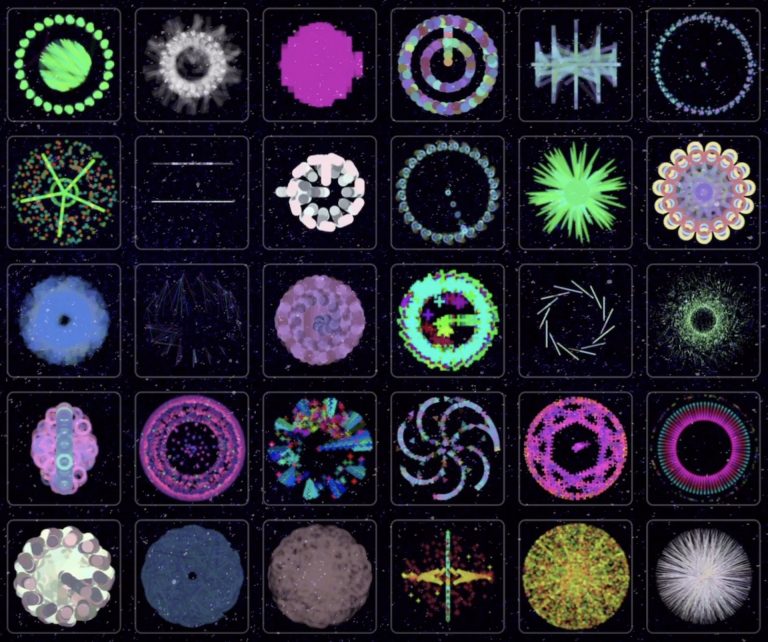This project aims to build a casual creator app with which people can make abstract pieces of art really quickly in a fun way. Through harnessing the latest developments in creative AI and machine vision, the app focuses on having fun while making stuff, not in producing quality output to a professional standard. The app will be used study how people interact with casual creators and to push forward our understanding of computational creativity.
Art Done Quick uses generative technologies developed over more than a decade to produce a 500×500 pixel, high-quality, novel abstract art image in about 1/10th of a second, which is expanded to a 2000×2000 pixel version in less than a second. Images are generated by moving particles around the canvas, re-colouring them and then drawing shapes at each particle’s location and colour. Blurring is added along the way to add depth and sophistication to the images.
